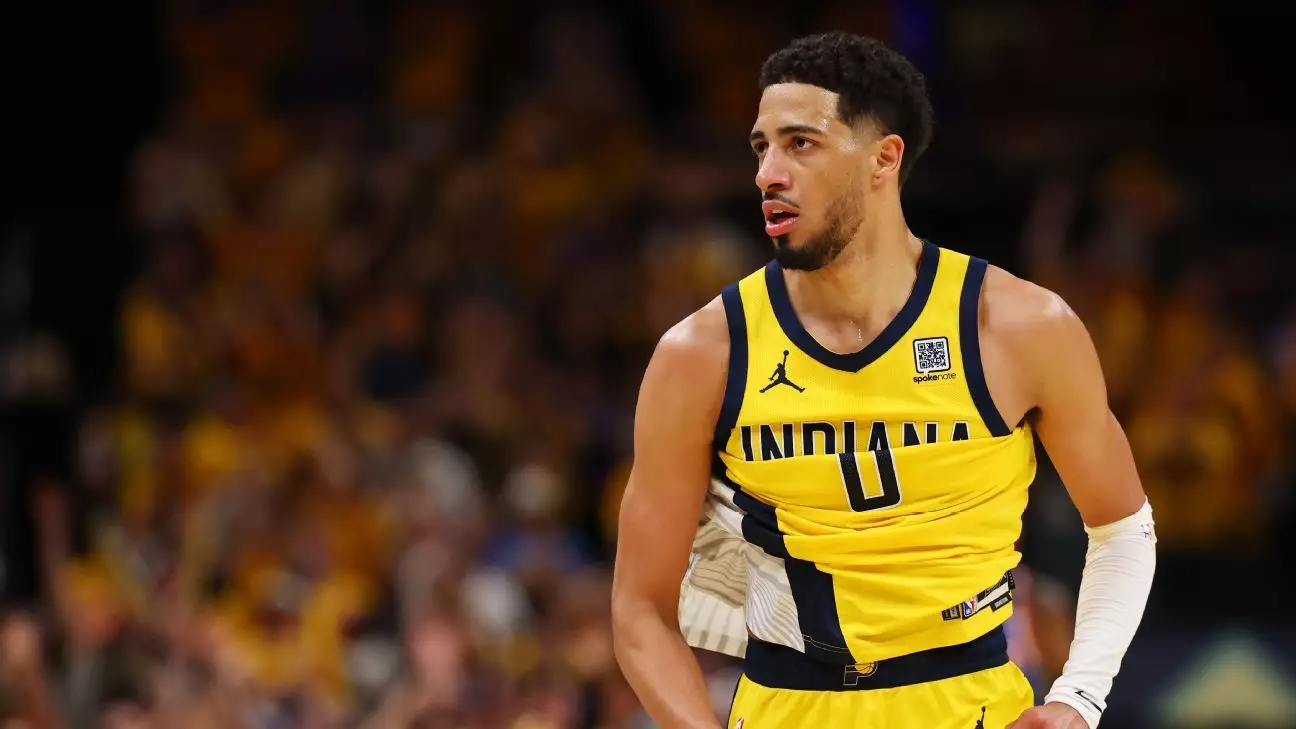In recent years, the surge of Achilles injuries across professional sports leagues, especially the NBA, has ignited widespread concern among fans, players, and medical professionals. Despite advances in training, biomechanics, and sports medicine, these injuries seem to continue unabated, challenging our understanding and preventative capabilities. What truly lies behind this surge? While some attribute it to increased game demands or minute accumulation, many in the athletic community argue that these injuries remain largely unpredictable and, perhaps, simply a matter of chance.
The narrative that late-season or high-minute loads directly cause Achilles tears has persisted, but evidence remains inconclusive. NBA commissioner Adam Silver dismisses the notion that longer seasons or more playing time significantly contribute, pointing out that most injuries occur in the early part of the season. This counters the intuitive assumption that fatigue or overexertion wear down tendons over time. Athletes like Tyrese Haliburton, who have suffered injuries despite careful monitoring, exemplify the unpredictable nature of these injuries. Their experiences underscore that the randomness of injury occurrence might be the most accurate reflection of reality.
By focusing on the causes, many tend to oversimplify a multifaceted issue. Factors like biomechanical imbalances, genetic predispositions, or environmental stressors may play a role, but none offer crystal-clear solutions. The idea that random “bad luck” is the primary culprit is often met with skepticism, yet it might be the most honest assessment we can make at present. As Haliburton points out, injuries can happen despite proper preparation, medical clearance, and strategic rest, highlighting how elusive their prevention truly is.
The Limitations of Human Control and the Myth of Perfect Prevention
A critical examination of injury prevention strategies reveals a troubling gap between ambition and reality. Athletes and coaches are increasingly vigilant—optimizing training regimens, monitoring workload, and employing cutting-edge recovery techniques. Yet, the injury toll persists. Haliburton’s injury, occurring during a competitive moment on a seemingly healthy leg, exemplifies how even meticulous planning might fail.
This raises uncomfortable truths about the limits of human control over athletic health. Our reliance on science and technology offers hope but cannot eliminate the inherent unpredictability of biological systems. Tendons and muscles are complex, adaptive tissues influenced by a plethora of variables—some we can measure, many we cannot. Perhaps the most profound insight is that injury is an intrinsic risk embedded within elite sports, a consequence of pushing the human body to its limits.
This perspective demands a cultural shift in sports management. Instead of seeking definitive causes or blaming players’ workloads, perhaps the focus should broaden to include mental resilience and acceptance of inevitable setbacks. Sports, at its core, is an unpredictable realm where even the most prepared athletes face the harsh reality of injury. Recognizing this uncertainty might foster healthier attitudes toward recovery and risk, ultimately leading to more effective, compassionate responses.
Reframing Recovery and Growth in the Wake of Injury
While many interpret Achilles injuries as devastating setbacks, they also present opportunities for reflection, growth, and innovation. For athletes like Haliburton, the injury is not only a physical challenge but also a mental and strategic pivot point. Haliburton’s approach—focusing on mental development, mentorship, and deepening his understanding of the game—illustrates a positive, proactive mindset that transforms adversity into an avenue for broader contribution.
Historically, recovery from Achilles tears has been arduous, often sidelining players for extended periods. Advances in medical science have improved treatment and rehabilitation, but the journey remains intense. Haliburton’s story exemplifies this, as he navigates months of immobilization, surgeries, and uncertainty about the future. Yet, amidst these struggles, many athletes discover new dimensions of their game—be it leadership, mentorship, or strategic insight—that they could not have cultivated otherwise.
This reframing advocates for a paradigm shift: viewing serious injuries not solely as setbacks but as catalysts for personal and professional evolution. It challenges the conventional sports narrative that glorifies relentless competition at the expense of well-being. Instead, emphasizing resilience, adaptable growth, and mental fortitude can lead to healthier, more sustainable careers.
The Unavoidable Reality of Uncertainty in Athletic Careers
Ultimately, acknowledging the inherent unpredictability of injuries like Achilles tears invites a more nuanced approach to sports management and athlete care. While prevention and training will always improve, the unpredictability factor remains stubbornly persistent. Athletes like Haliburton remind us that despite meticulous preparation, blind spots exist within the biological and situational variables governing injury risk.
This realization should inspire sports organizations and medical teams to prioritize psychological resilience, adaptive training, and flexible career planning. It also emphasizes the importance of managing expectations—both for athletes and fans—about the unpredictable nature of sports at the highest level. Understanding that chance, rather than solely overuse or poor management, plays a decisive role can foster more empathetic, realistic narratives around injury and recovery.
In the end, the resilience of professional athletes is tested not just by their physical capacity but by their ability to accept and adapt to the unpredictable. Recognizing the role of pure luck in injury occurrence does not diminish the effort athletes invest; instead, it highlights the humility necessary to appreciate the complex, fragile puzzle that is human athleticism.


Leave a Reply